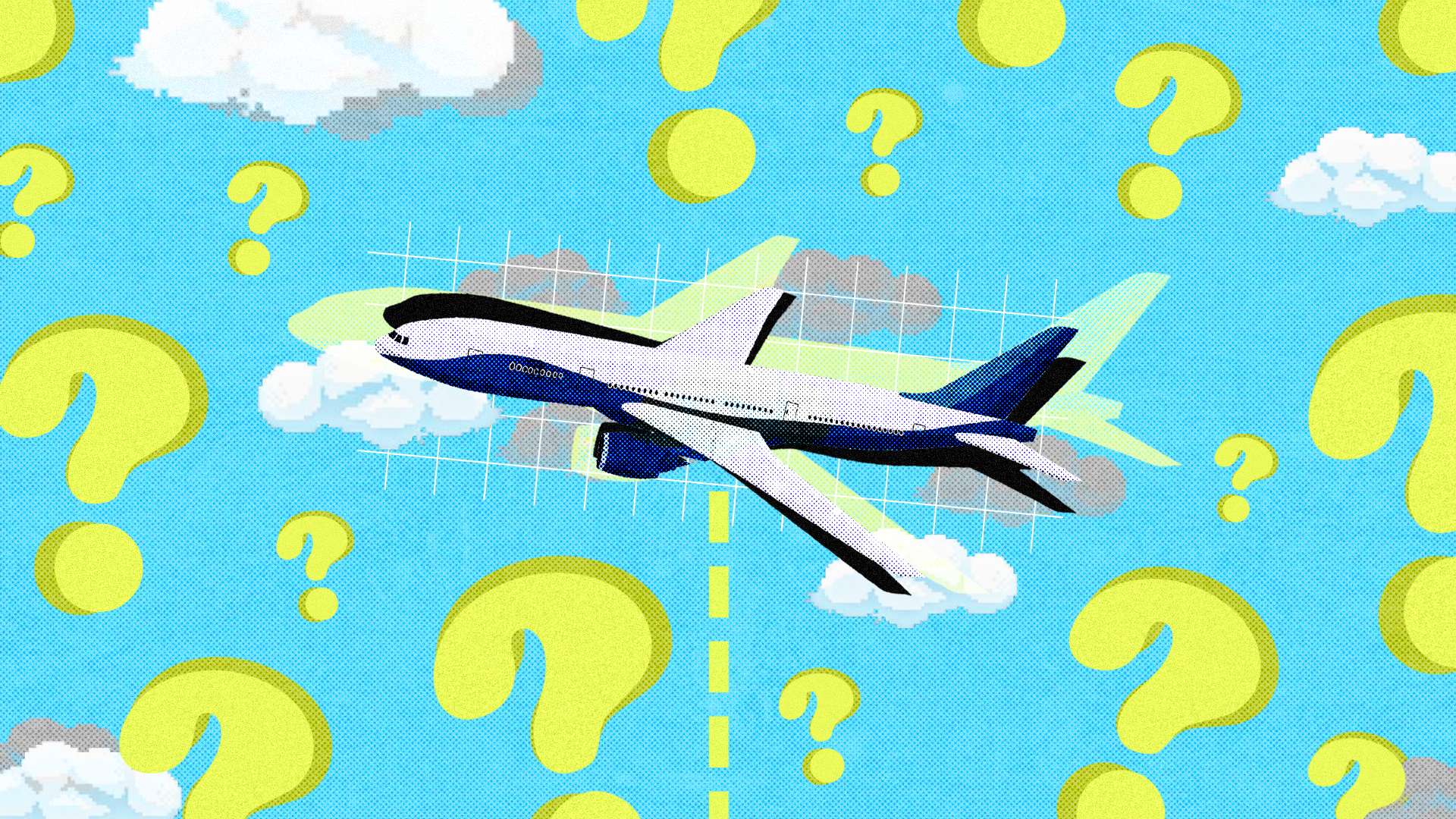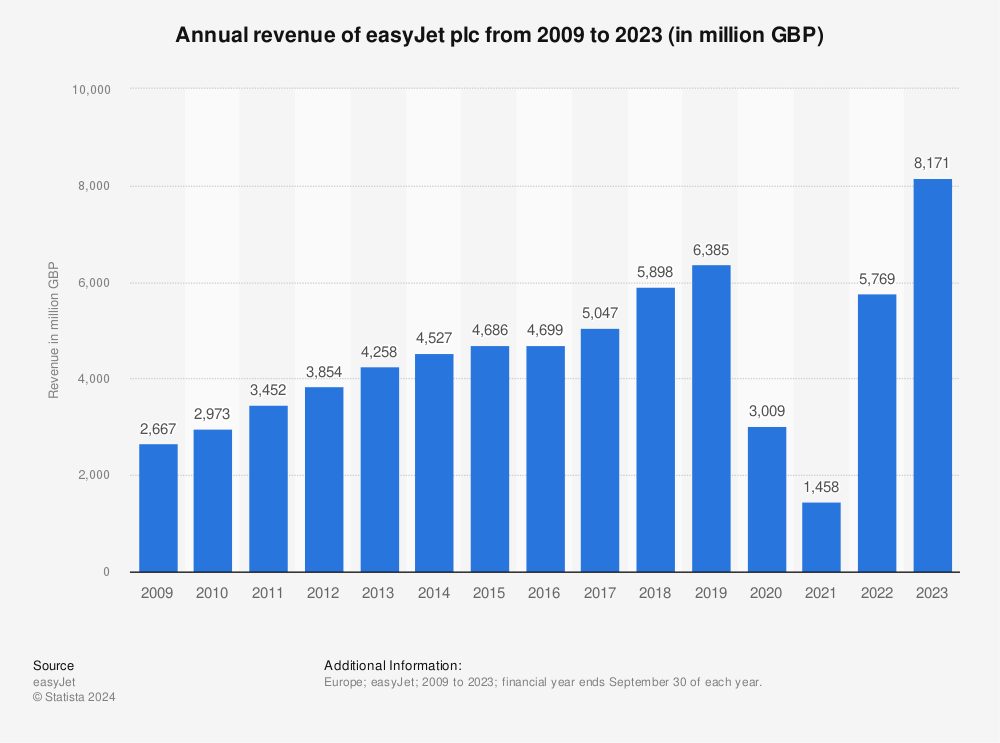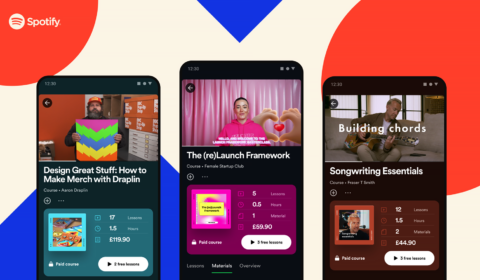Generation Z are quickly becoming a major focus in the consumer market. What should aviation companies do to keep up with the demands of an eco-conscious demographic?
Thinking of travelling abroad this winter for a much-needed ski season? Planning a holiday in the sun for 2023? Perhaps you’ve already taken to the skies and jetted the globe this year.
Whichever camp you fall in, aviation is on the rise. After two years of uncertainty, lockdowns, and cancelled flights year round, the next twelve months or so are considered crucial for the travel industry’s recovery.
If that wasn’t a difficult enough period to navigate, the consumer market is changing. Generation Z are steadily becoming a larger portion of the aviation customer base, estimated to make up over 1 billion passengers by 2029.
To keep up with evolving demographics, companies must be sensitive to younger people’s needs, and reconsider their long-term marketing strategies if they want to retain business from a new generation of flyers. Wondering how? Let’s jump in.
Environmental costs will be the biggest priority
This likely doesn’t come as much of a surprise, but Generation Z are huge on environmental costs for travel, like most things.
Young people have grown up understanding that every action they take will have a carbon cost, producing emissions that speed up the process of global warming. Planes and aviation are seen as tokens for poor climate activity.
We’ve seen celebrities like Drake and Taylor Swift face scrutiny online in recent months for their private jets and frequent air travel. The consensus with Gen Z is that planes are inherently bad. Overcoming this attitude will take considerable effort, especially as corporate response to climate change becomes more urgent.
Some big brands are already taking action to improve their carbon footprint. One of Europe’s largest regional airlines, Air Nostrum Group, has reserved 10 hybrid-electric aircraft from Hybrid Air Vehicles in the UK. Its Airlander 10 model produces 10% of the emissions of a traditional aircraft and is expected to enter production in 2025.
It’ll be a while before this type of low-emission vehicle is in our skies, but interest in sustainable travel is growing. Companies should get on board now to ensure they retain Gen Z interest.




















